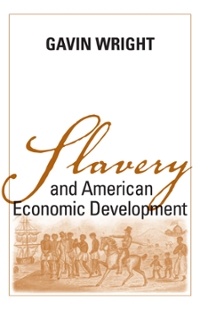Question
Pl read the following WSJ article (Dec 14/20 ) beginning Adidas explores sale discussing Adidas plans to sell off its Reebok division. Do you agree
Pl read the following WSJ article (Dec 14/20 ) beginning "Adidas explores sale "discussing Adidas plans to sell off its Reebok division.
Do you agree with that decision ?Pl. base your response on everything that you learned this semester including environmental concerns and global marketing issues.
WSJ Article
BERLIN Adidas AG ADDYY -1.57% on Monday said it was reviewing the future of Reebok and might sell the U.S. fitness branda business it had spent years trying to revamp and that could now fetch several billion dollars, according to analysts.
Adidas said a sale was one of the options it was considering as part of a five-year strategy plan it is set to present March 10, 2021. It may also decide to keep the business, the German sports retail group said.
Adidas, the world's second-largest sportswear maker after Nike Inc., bought Reebok in 2006 for roughly 3 billion, equivalent to $3.6 billion, as part of a bid to expand in the U.S. and challenge its bigger rival on its home turf. Reebok at the time was a sponsor of the National Basketball Association. But the plan has disappointed, analysts say.
Adidas managed to improve the Reebok business but sales have lagged behind those of Adidas itself and dragged down the group's profits. In 2016, Adidas Chief Executive Kasper Rorsted launched a turnaround plan for Reebok shortly after taking on the job. He cut costs by closing down dozens of Reebok stores in the U.S. and aimed to make the unit's management more independent from Adidas.
Mr. Rorsted repeatedly opposed calls from some shareholders to ditch Reebok, arguing that the revamp, not a sale, was the answer.
The CEO's "muscle up" plan led to some success. In 2018, Reebok returned to a profit, two years ahead of schedule, Adidas said Monday in announcing the strategic review of the business.
In 2019, Reebok sales grew 3.6% to 1.75 billion, driven by double-digit growth in the U.S., its home market. Sales at the Adidas brand, however, grew 8.3% to 21.51 billion.
"Returning to profit was a good step but driving the top line is something else," said Piral Dadhania, an analyst with RBC Capital Markets, who estimated that Reebok could fetch somewhere between 1.9 billion and 3.6 billion.
Mr. Dadhania said investors had lost faith in a turnaround and thought a disposal would free up time for management to focus on its core brand.
Adidas shares rose 1.8% in a broadly higher market Monday. Investors had anticipated the news after Germany's Manager Magazin in October reported about a possible Reebok disposal.
On a call to reporters for third-quarter earnings in November, Mr. Rorsted defended Reebok's turnaround, saying he was happy with the progress made.
A sale would come as Adidas, like other retailers, is struggling to rebound from the impact of the Covid-19 pandemic.
Reebok has underperformed compared with the Adidas brand during the pandemic, which hurt overall sales as governments shut down stores around the world to combat a surge in the new virus.
In the third quarter, Reebok sales fell 12.3% while Adidas sales fell 6.7%. Mr. Rorsted said Reebok was hit harder because the brand was less present in the outdoor and running segment, where consumers made more purchases during the pandemic. Reebok's larger exposure to the U.S. also turned out a disadvantage as sales recovered there slower than in Europe this fall.
Step by Step Solution
There are 3 Steps involved in it
Step: 1

Get Instant Access to Expert-Tailored Solutions
See step-by-step solutions with expert insights and AI powered tools for academic success
Step: 2

Step: 3

Ace Your Homework with AI
Get the answers you need in no time with our AI-driven, step-by-step assistance
Get Started


